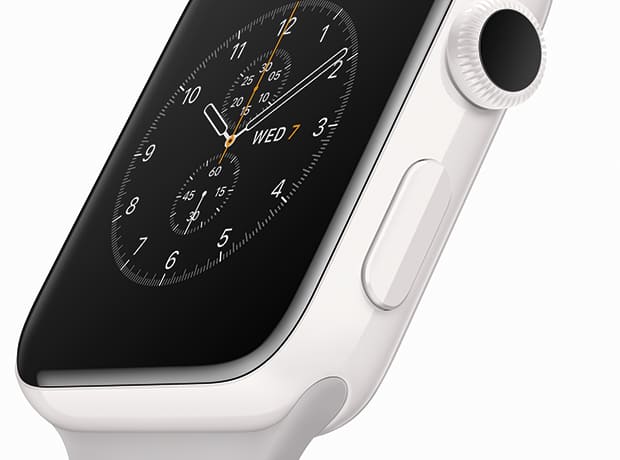By 2022, there will be 29 billion connected and wearable devices across the globe. For the pharma industry, the question of how wearables can be used in R&D is high on the agenda. Much of this current interest is centred on clinical trials.
Pharma companies are increasingly looking to digital solutions to reduce costs, and improve trial design and efficiency, as the size and expense of physician-overseen clinical trials continues to spiral. Wearables, with their relative low cost, are one such digital solution. As of April 2017, over 250 trials in the UK and US incorporate wearables, with promising results for boosting participation and compliance – but questions remain over how to use the data gathered most effectively.
Increasing patient participation and trial compliance
One of the biggest barriers to trial participation is the arduous requirements around data collection, where patients must travel to a physical location, such as a hospital or GP surgery, to report. Wearable devices linked to mobile apps remove this barrier instantly. In addition, wearables have the potential to increase compliance with therapeutic regimes, as participants can receive ‘reminders’ direct to their device. The great advantage is that clinical trials can become decentralised, and even ‘site-less’, through this kind of patient-friendly mobile technology.
The benefits are clear; as wearables increase participation and compliance, overall trial efficiency is improved. This leads to reduced costs for companies, but also more thorough collection of real-time, real-world data, directly from patients. The issue then becomes not one of participation, but of ensuring that any data gleaned from a wearable during a clinical trial delivers true value.
Unprecedented access to real-world data
This ability to have instant access to patient data allows trial designers to very quickly identify trends and anomalies, or to spot, and act on, a drop-off in a patient’s use of a drug. These trends would, at best, have been a lagging indicator through traditional clinical means. Additionally, what can be understood about an individual based on this kind of input – whether self-input through an app or through monitoring input from a wearable – will transform the way we can therapeutically treat a patient population.
This is an almost unheard of leap in our capability to monitor patients and medicines, but comes with an important caveat. The pace at which technology is developing is rapid, and the ability to collect, organise, interrogate and understand the context of data from wearables, must develop at the same rate as the devices themselves. This is crucial if the data is to truly be of therapeutic benefit to patients in the long run.
Blending science and technology expertise
The swift development of wearable devices from companies such as Apple and Google have added to expectations of advancement. The public expect the recipients, from pharmaceutical companies to care providers, to be able to do something with the data they collect. However, Google and Apple take a very broad-based approach to analysis, and simply lack the scientific nous to reveal true insights from the data. It therefore falls to pharmaceutical companies to really make sense of this massive, ancillary data set that is being generated.
While this wealth of data offers more opportunity for pharma to better understand individual patients and to better prepare therapeutically, it also poses a significant data management challenge. To derive actionable information, pharmaceutical companies need a clear data management strategy for harmonising data. In short, wearables devices cannot support R&D, drug discovery and patient care by themselves, but will need the help of scientific experts who are able to make sense of the data and understand clinical inferences.
Tim Hoctor is Vice President Professional Services, Elsevier’s R&D Solutions






